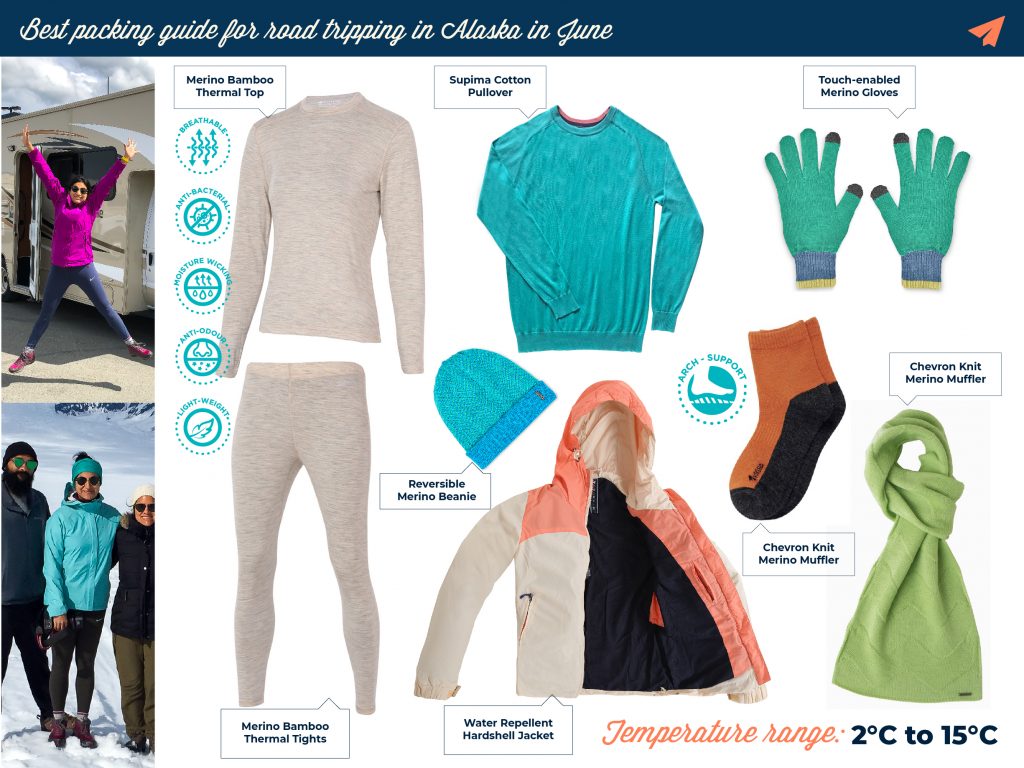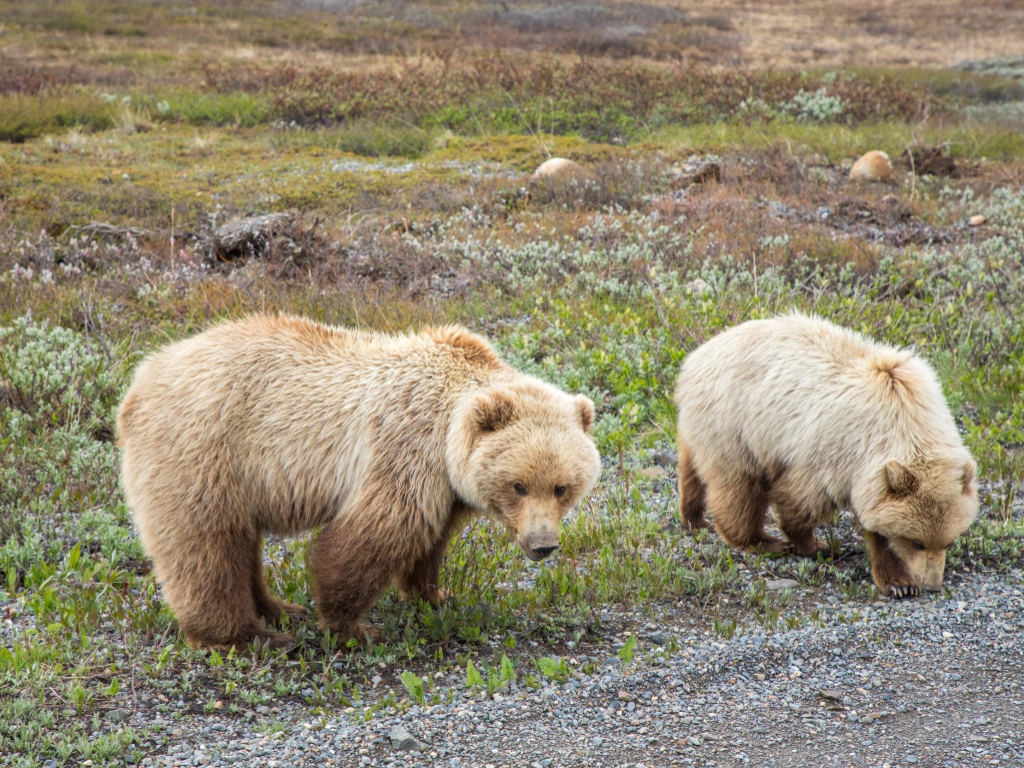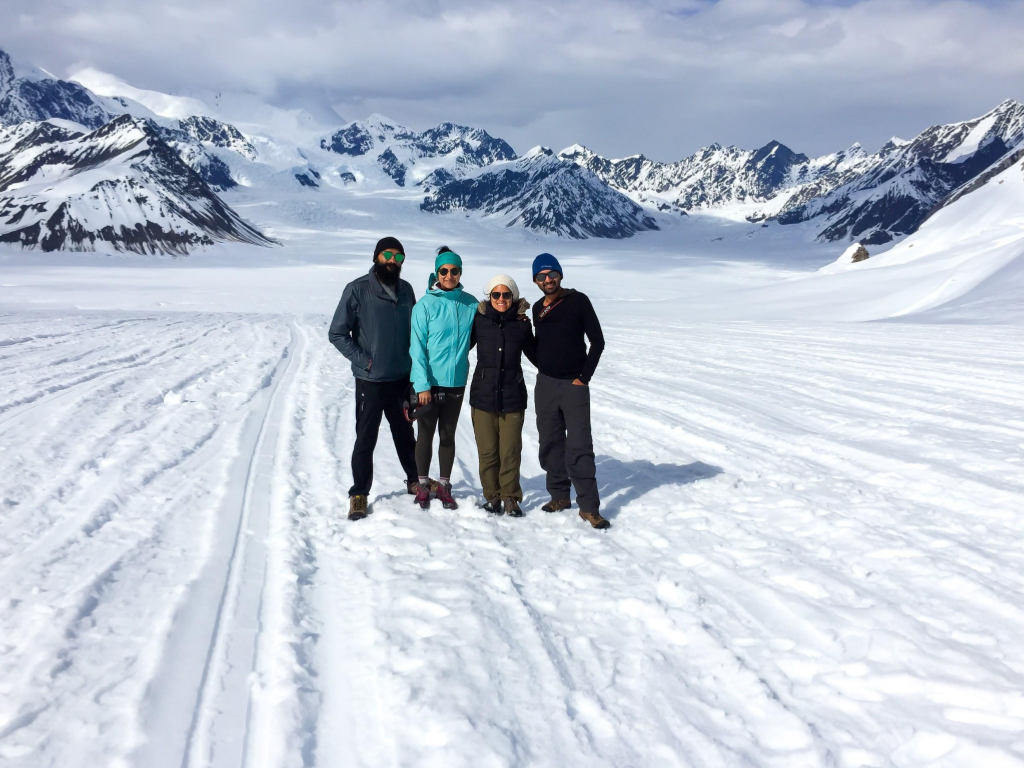
Travel had become a way of life until the pandemic brought travel to a grinding halt. No one anticipated the long vacation we would have to take from our travel plans. COVID-19 seems to be just the tip of the iceberg, signaling change. A change in direction, to keep the ship of travel afloat.
What will this change be and how will we travel in the future? I feel the answer is in immersive, slow travel. Where we choose road or rail, over flights when it is possible, to reduce our carbon footprint. Where we resist the urge to take flights for a 4-day weekend just because flights are cheap. Did you say slow travel is boring? Read on…
From road tripping across Alaska to kayaking in Trinidad & Tobago islands, seeing the midnight sun in Iceland, I spoke to 5 people who inspire me, I spoke to them about their immersive travel experience. Let’s dive in!
Photography has accompanied Amrita in her journey from college. Her passion for the art goes beyond capturing moments for memories or for the gram. From photographing painting like landscapes in Yorkshire to scenes of people, food, culture from her travels to Paris; Amrita kept in touch with the art always. The pull of photography was too hard to resist. Therefore, in 2014, she left her career in Consulting and pursued her dream to become a photographer.
I spoke to Amrita about her 25 day road tripping experience in Alaska.
Travel had become a way of life for us. What does travel mean to you Amrita?
Travel for me has become a very natural part of my life (which has regrettably come to a total standstill at the moment due to the pandemic!). Ever since I switched careers 7 years ago and became a full-time professional photographer, I spend about 3 months every year travelling to new places. Of course, this year, there’s going to be big changes to that!
Alaska is beautiful and extreme at the same time. Why did you choose this destination and how did you get there?
Alaska has always been on my bucket list of places I wanted to visit – it’s every photographer’s dream to be able to capture its raw and vivid landscapes. Once I found people who agreed to explore the state with me in an RV, there was really no looking back.
I flew from Bombay to Las Vegas via London; had a stopover for a couple of days in Vegas, before flying to Anchorage via Seattle.
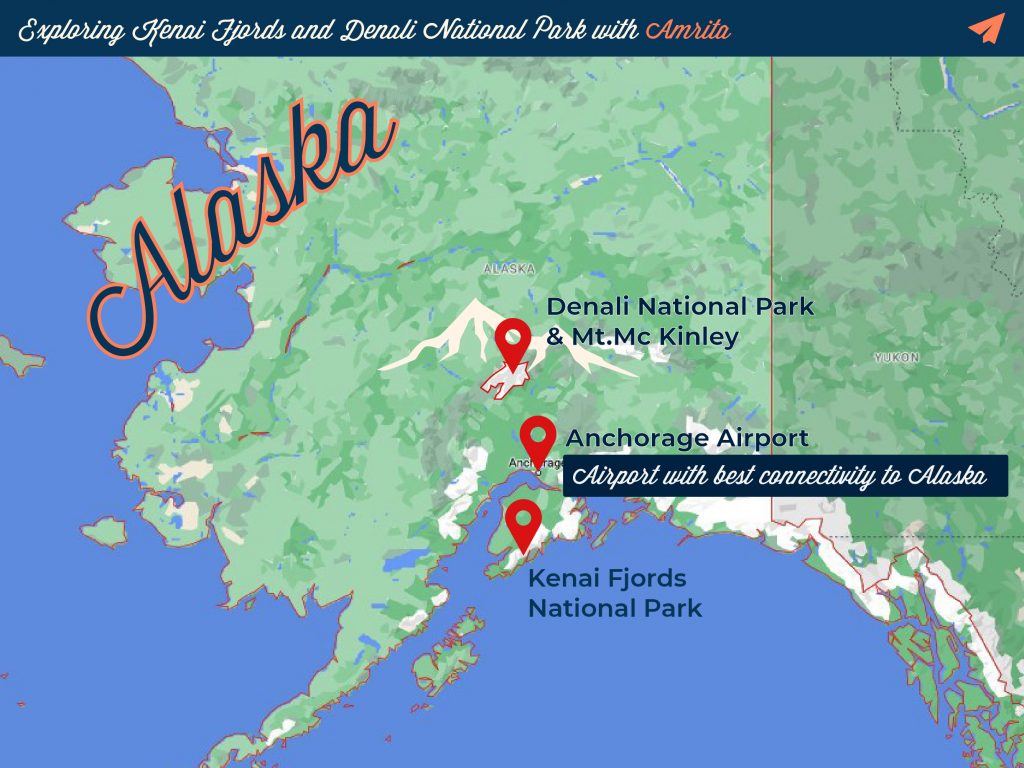
Although Juneau is the capital of Alaska, Anchorage is Alaska’s largest city and Ted Stevens Anchorage International airport has the best connectivity. You can also opt for Jet flights to reach Juneau from Seattle.
This state has 17 National parks and 16 wildlife refuges. Being so close to nature, there is bound to be magic. Amrita shares her magic moments in Alaska.
There is this moment during our travels when we feel like we are blessed indeed to witness this. Can you share that moment and the story behind it?
The landscapes in Alaska were nothing like I’ve ever seen before – so raw and majestic – and I think that’s partly due to the fact that I wasn’t experiencing Alaska from the bubble of a cruise ship. We rented an RV, drove down wild open roads, hiked and kayaked our way through the state’s beautiful national parks – this gave us the liberty to stop wherever we wished, for however long we wanted, to chase all those sunsets and get that perfectly timed photograph.
I felt so lucky so have had the opportunity to explore the stunning Kenai Fjords National Park. The 5am start was definitely worth it – only shortly after we set off, we spotted 3 orcas, at arm’s length from our boat!
The boat dropped us off to the flattest part of the park, the fjords. We got into our wetsuits and began our kayaking journey, with absolutely no idea what nature had in store for us that day.
It was about 2°Celsius, slightly overcast, the sun hadn’t quite risen just yet, and the crisp cold air was surprisingly calming. As we floated through the waters, there was a placid stillness around us, mirroring the magnificent glaciers above. Thick clouds were suspended at eye-level, probably still soaking up the morning mist.
As day was breaking, my bright yellow kayak glided down the fjord and dodged the countless little icebergs that were floating around me. Every so often, a bob of seals would suddenly emerge, but as they came to the surface and saw humans around, they would shyly retreat back to where they came from.
Apart from the incredible wildlife and majestic glaciers, we were extremely lucky to have witnessed glacial calving that day, too – a sudden breaking away of a mass of ice from a glacier, accompanied by a loud booming sound; calving is natural process that is sadly accelerated in present day due to global warming.
Finally, we took a moment to bask under the Alaskan sun, stopped for a lunch break in our kayaks with the breathtakingly beautiful and immense Northwestern Glacier right in front of us. That was a moment I will never forget and the memories of that day will be forever etched in my mind.
A fjord is a narrow, deep, long inlet of sea between high cliffs, formed by submergence of a glaciated valley. They are seen in places close to the North Pole and South Pole, like Alaska, Chile, Norway, Greenland and New Zealand.
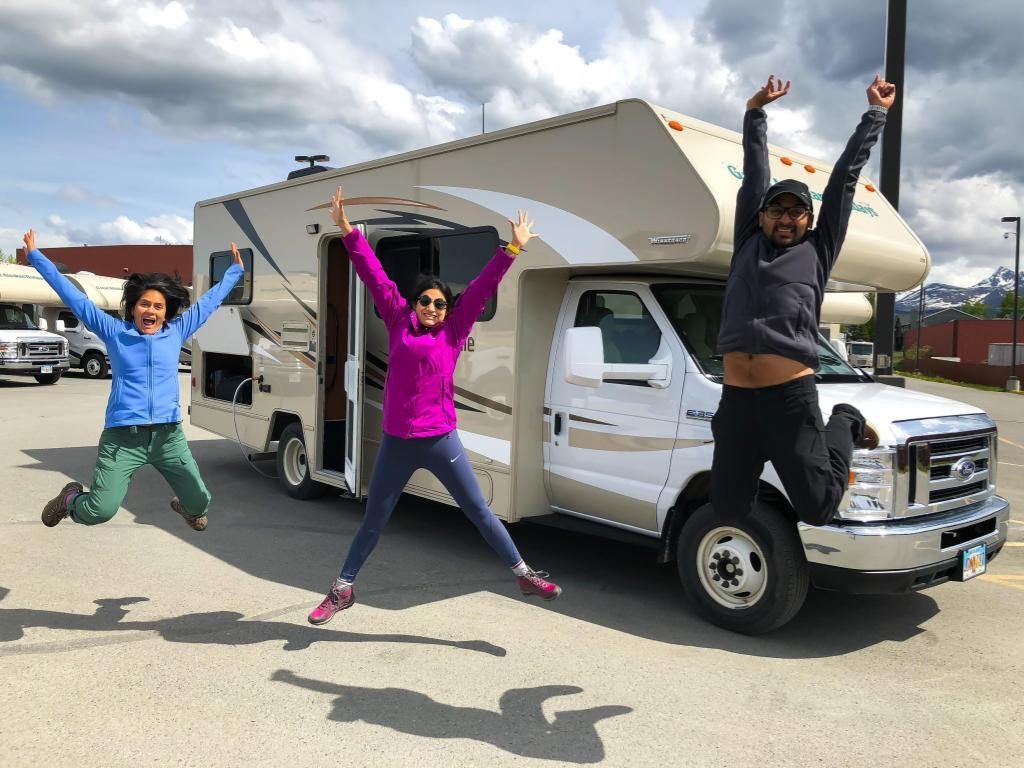
Amrita with their RV at Anchorage
You explored Alaska by road in an RV. This is the trip that dreams are made of. Can you share the map of your itinerary?
Yes, this was definitely the trip that dreams are made of! My itinerary was planned by my cousin, Aditya Munshi, who is the founder of the luxury travel company, The Wayfarer Travel Co. He did an outstanding job of planning a truly unforgettable journey for us. Details below:
Alaska Itinerary
Anchorage > Portage > Whittier > Exit Glacier > Seward > Kenai Fjords National Park > Talkeetna > Ruth Glacier > Denali National Park > Wonder Lake > Anchorage > Juneau > Mendenhall Glacier
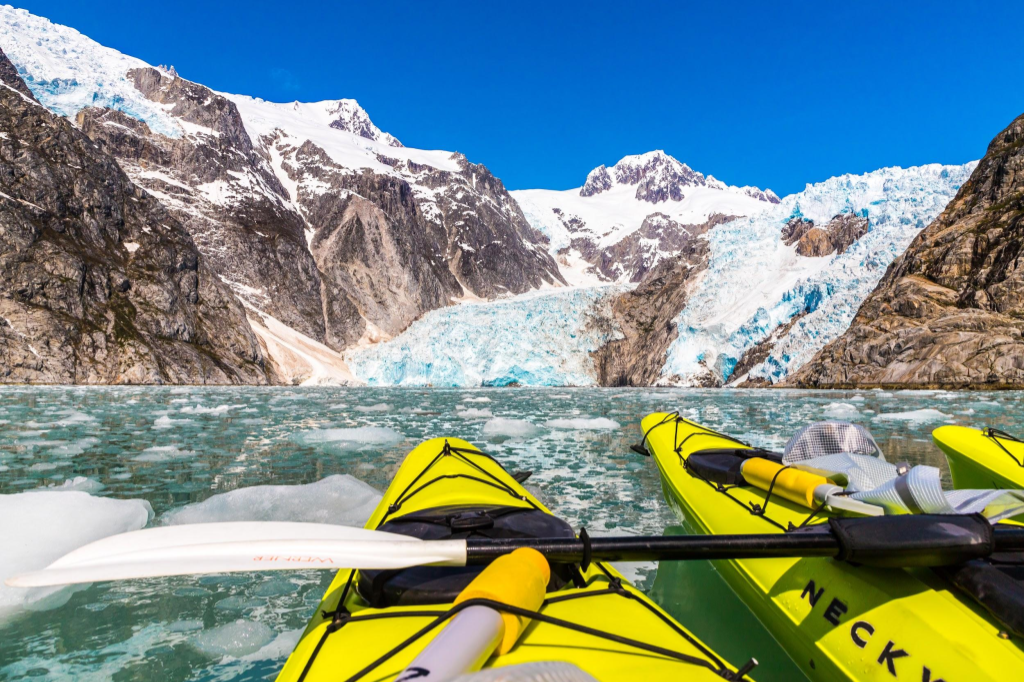
Northwestern Glacier, Kenai Fjords National Park (Image by Amrita)
What is the one life lesson that this trip taught you?
This trip taught me the true meaning behind “impossible is nothing” – a slip disc and years of multiple back injuries later, I learnt that there’s nothing that determination coupled with consistent training and physiotherapy can’t fix. On this trip, I successfully completed extremely challenging hikes with steep elevation gains, along with hours of kayaking and a 500 foot Via Ferrata.
What about food? Is the country vegetarian friendly?
The food was fantastic, especially the seafood – unbelievably fresh! We discovered Deckhand Dave’s Fish Tacos in Juneau which was a local seaside taco truck that did the best fish tacos I’ve ever had – it was so good that we went back 4 times in 3 days. No jokes! To answer your question, the country is vegetarian friendly in that you will always find one or two vegetarian options; however, the more remotely you travel, you probably won’t find much variety at all.
Tips for vegetarian travellers in Alaska: When I travel, I head for the super market where I pick up fruits of the season, soup packets for the cold, canned baked beans, cheese, bread and some fresh salad ingredients. Carrying some pre-cooked meals always comes in handy and adds the much needed variety. The Happy Cow app is a handy guide for vegetarian restaurants around the world ☺
What are the 5 wardrobe essentials for travelling to Alaska?
(1) Multiple layers of lightweight clothing
(2) Hiking boots
(3) Warm socks
(4) A waterproof jacket with multiple pockets and detachable inner layers
(5) Dry-fit tops and leggings
The temperature range during Amrita’s stay was 2°C to 15°C. It is essential to wear extreme cold weather thermals or a Merino Wool Base Layer that will keep your body heat trapped, followed by a pullover and a waterproof jacket. Layering correctly in winter, is the essence of staying warm. The fjords and glaciers can get chilly, make sure to keep your extremities covered with winter accessories. It is best to go well prepared, so that you enjoy the outdoors without a worry about feeling cold.
Fun fact: No more freezing fingers with Kosha’s touch screen enabled winter gloves. Click away while your fingers are warm in these Merino Wool gloves, available online in India.
Often, when I travel, I tend to look for an aspect of familiarity. It could be an Indian restaurant or a familiar brand. Did something you saw bring you back to India or lend you that familiarity?
Not really, actually. Alaska was pretty much white middle-class America – we were the only people of colour in most of the places we visited.
This reminds me of a quote, “Travel because you have no idea who you are until you experience yourself through different people and realize how we’re all the same.”
If you get to visit Alaska again, which parts would you like to explore this time?
I’d love to go back to Alaska to chase the Aurora Borealis, try my hand at ice climbing and explore the Mendenhall Ice Caves, photograph the grizzly bears at Katmai National Park during the annual Salmon run, spend more days kayaking glacial lagoons and glacial canyons… so many reasons to go back!
Did you know that Alaska has more than 100 volcanoes, 3 million lakes and the largest National Park in USA. One definitely needs to come back to experience this beauty of nature.
Any tips for travellers who have Alaska on their travel wishlist?
Don’t explore Alaska from the bubble of a cruise ship – rent an RV, hire a kayak, set that alarm at 4am. Don’t be afraid to go to the extremes and step out of your comfort zone to explore this beautiful state.
Let’s talk about how travel will change post COVID-19. There has been a paradigm shift in the way we live. Making a shift towards sustainability has become a necessity. What does Sustainability mean to you?
Sustainability to me means acknowledging that your way of life has a direct impact on the world around you, and consequently making personal and professional choices that will mitigate any adverse effects of your actions on the environment.
There are so many businesses, individuals, organizations, and initiatives that are suffering this year. Who are or what are a couple of initiatives or people that we should all know about that are doing something extraordinary in the travel space that on the other side of this, we should a) know about their work and b) support?
Airbnb has emerged yet again as a pioneer in the travel space, and has pivoted its business to launch Airbnb Online Experiences. These have not only helped Airbnb hosts to continue to earn during the pandemic, but have also helped connect a truly global audience to local cultural activities, that would otherwise not be possible without actually travelling.
How can we educate travelers or have people be travelers that are globalists in the true sense of the word?
We can educate travellers about sustainable tourism by getting leaders in the travel industry to run awareness programs on social media platforms. These leaders could be travel entrepreneurs like Jeremy Jauncey from Beautiful Destinations, or organisations like AirBnb (global market), Isprava (India), and the Taj Group, or even travel brands like Kosha or Columbia.
What does slow travel mean to you?
Slow travel for me is about making my travel journey an immersive experience in local culture, food, and people, empowering the local economy as much as I can. I always take my time exploring new places, usually spending up to 4-6 weeks in a country at once, as opposed to tick-marking all the tourist checklists in travel guides.
A lesson you learnt from the pandemic:
We are living through a period of extraordinary change and if there’s one thing I’ve learnt from the pandemic, it is that adaptability is a key skill that’s integral to survival. The ability to be creative, flexible and pivot in the face of adversity has never been more important than it is right now.
I hope you see a ray of hope for travel, after reading Amrita’s experiences and tips on immersive travel. We will be back next month exploring Peru with Amrita. When not travelling, Amrita takes mouthwatering pictures of food. To stay tuned with Amrita’s slow travels and beautiful pictures, follow her on Instagram @adiwanji.
This is part of a special interview series by Kosha Founder Yuktie Jhangiani, where she speaks to people she admires.
Your feedback means a lot to us. If you have tips on slow travel in India, questions, comments or you want to write for the Kosha Journal, reach out to us at konnect@kosha.co . We look forward to hearing from you. Stay tuned for more stories! Share your adventure and experience with us by tagging us @koshatravelwear on Instagram, Facebook, LinkedIn, Pinterest and use #mykoshastory !
